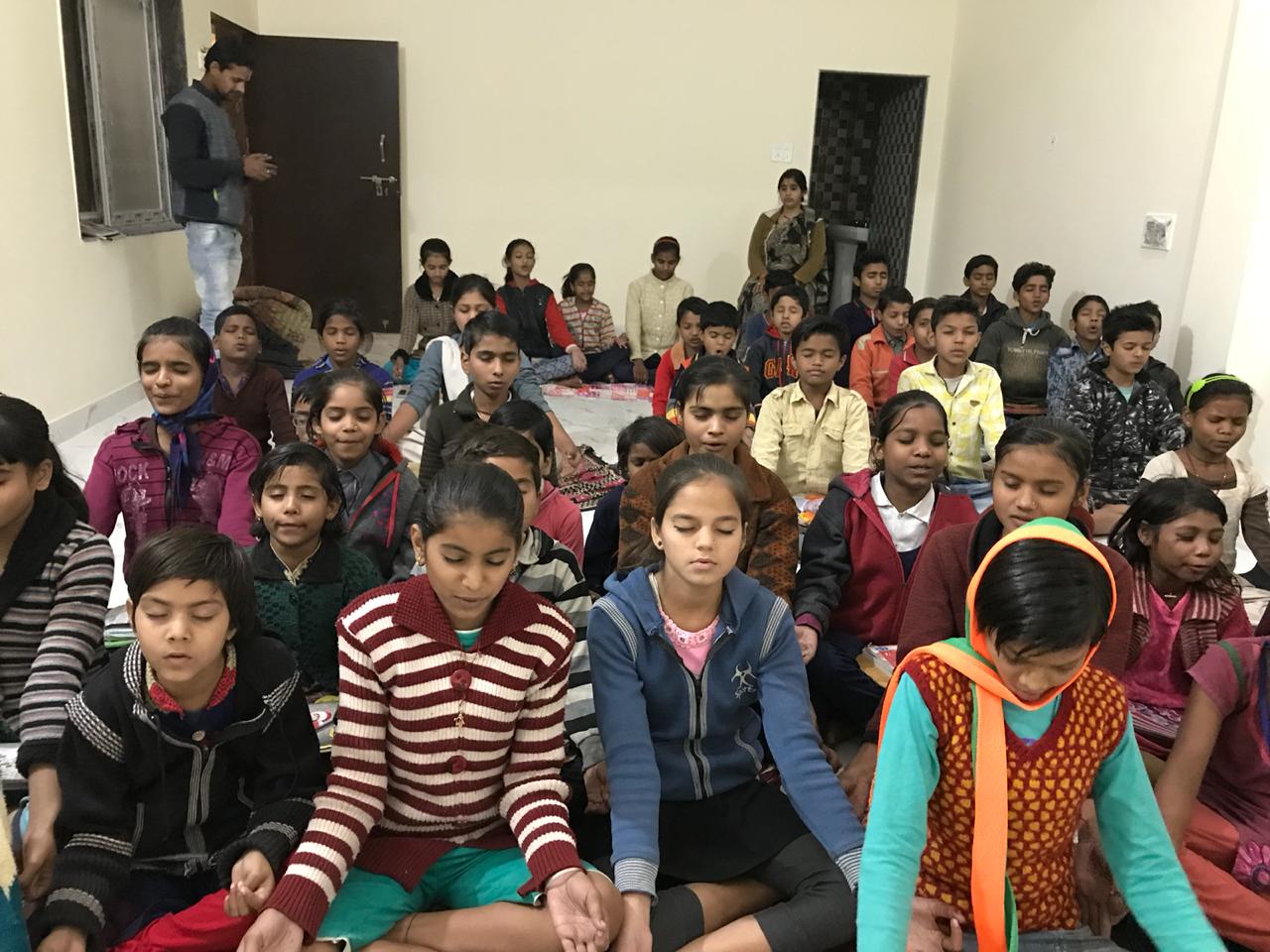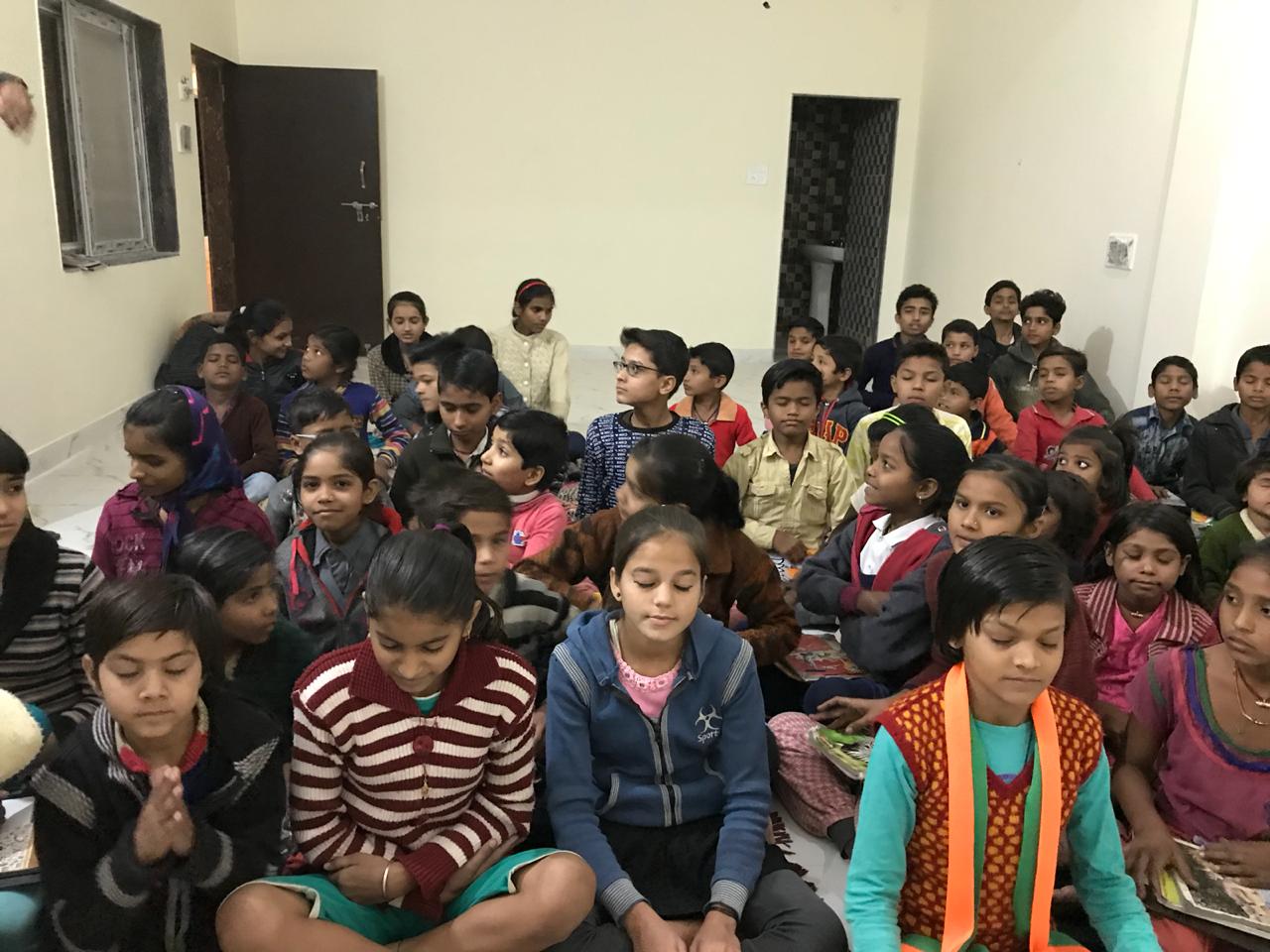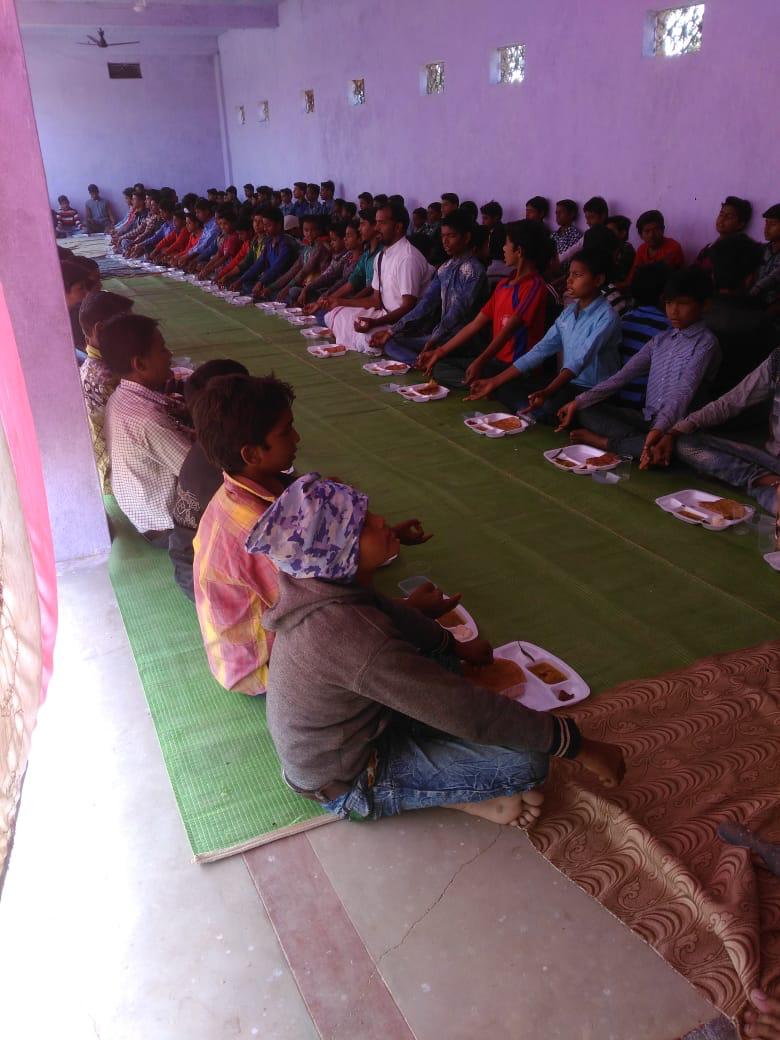
What is a Gaushala and what is the goal (Animal Shelter for cows)
Gaushala literally means home for cows and is meant to rescue, shelter, protect, feed, treat and rehabilitate weak, sick, injured, handicapped and abandoned homeless cattle.
These are the institutions of India’s great cultural heritage giving concrete example of India’s reverence and affection for animals, particularly for cows.
The origin of Gaushalas can be traced back to the Vedic period when social customs and rules laid great emphasis on protection and development of cows for home and oxen for agricultural work.
Presently there are more than five thousand Gaushalas in India. They house over six lakh cows maintained at an annual cost running into thousands of crores. Most of the Gaushalas are being run as charity institutions. The resources of these Gaushalas differ widely in respect to the number and quality of cattle in them, availability of land, their finances and organisation.
The major challenges faced by Gaushalas are similar i.e. inadequate resources, lack of trained manpower and empathetic veterinarians. The animals in Gaushalas are old, infirm and maintaining their health is a challenge. Management personnel, do not have a proper scientific knowledge of feeding, housing, care and management of these animals.
In 2017, when Govinddham was registered with the state and central government, we started with 2 projects. One of the long term goal was to create a Gau shala with an aim to house over 200 cows which have been abandoned by their owners, who are past their prime and are not cared for, sick cows not taken care of by anyone.
Gaushala that we aim to create will be a safe sanctuary for these cows and we aim to provide them with the following freedoms:
- The five freedoms to aim for a Gaushala are:
(1) Freedom from hunger and thirst by ready access to fresh water and a diet to maintain full health and vigour.
(2) Freedom from discomfort by providing an appropriate environment including shelter and comfortable resting area.
(3) Freedom from pain, injury and disease by prevention or rapid diagnosis and treatment.
(4) Freedom to express normal behaviour by providing sufficient space, proper facilities and company of the animal’s own kind.
(5) Freedom from fear and distress by ensuring conditions and treatment, which remove mental suffering.
These five freedoms can act as a checklist of ideal conditions by which we can assess strength and weakness of any Gaushala and work on their improvement. The problem is that Gaushalas are run like charities and exist mainly on random donations. Also cattle are seen only as productive when they produce milk. However if a Gaushala were to be a thriving business on its own, doing good and making money this would help the cows and change the perspective of people and policy makers who see dry cattle as a nuisance and simply as charity cases due to religion. A dry cow is an extremely useful resource just for its dung and urine, and the existence of a good efficient Gaushala boosts the fertility of the land, increases crop yields and makes farming more lucrative and healthier by removing the need for pesticides and fertilizers.
A Gaushala was a common installation in every village. It needs to be revived and seen as an essential part of Indian agricultural rejuvenation. The need of the hour is to open more modern Gaushalas and to strengthen and upgrade the existing Gaushalas so that all free roaming cattle are accommodated properly and their well-being and welfare can be ensured. Gaushalas, once considered as an economic drain today have a lot of potential for production of bio-fertilizers, organic pesticides and insecticides, organic energy, methane gas, panchgavya and other medicines. These have huge potential to become self-sustainable economic units by bringing about improvement in breeding, feeding, housing and healthcare of animals along with proper cattle waste utilization.
TIMELINE AND OTHER FACTS
Planning the structure
We need to start planning and designing the shelter for the cows. As these shlters need a lot of land area to hold 200-500 cows, Govinddham owns about 50 acres of land that will be used for this purpose. The farmland is very close to major town and will have ample fodder for the cows to graze on. There is a pond on the property and we also plan to harvest the rain water if there is ever a shortage of water in the area. Since this is a running farm, at least 5 acres of land will be allocated to grow fodder for the cows and they will be free to roam the farm during the day and will come back to the shelter at night. Structure will be big enough to hold 500 cows with different section for:
- Adult Cows
- Calves
- Pregnant Cows
- Bulls
- Sick Cows
Besides the cow sheds, we are also planning to fence the cow grazing area, build living space for the workers, build a few guest cottages if any one wants to spend a few days with the cows and work on our organic farm sttached to the cow shelter. Planning to also build a storage shed for cow fodder, a kitchen where nutritious food will be prepared for the sick cows who are unable to graze.
Timeline of the construction
We are planning to start the construction before the summer 2025 starts and want to start housing the cows before the end of the year 2025. We may not be able to implement full wish list but we are sure that Gaushala will start by the end of 2025. We may delay the more complex projects like bio gas generation to another project slated to be started next year.
Current state of affairs
We are in the process of acquiring the quotes from various vendors for the construction of the Cow Sheds, hiring workers who will be working on the farm and the Gaushala. Machineries that we will be needing for taking care of the cows, collecting cow dung, bathing the cows, milking the cows etc.
We are also inquiring from various agencies about our options for rain water harvesting, bio gas plant that will be installed at the farm, solar energy harvesting that will fulfill the needs of the requirements of the farm.
Project Cost and expectations
Please stay tuned for more information in this space.













